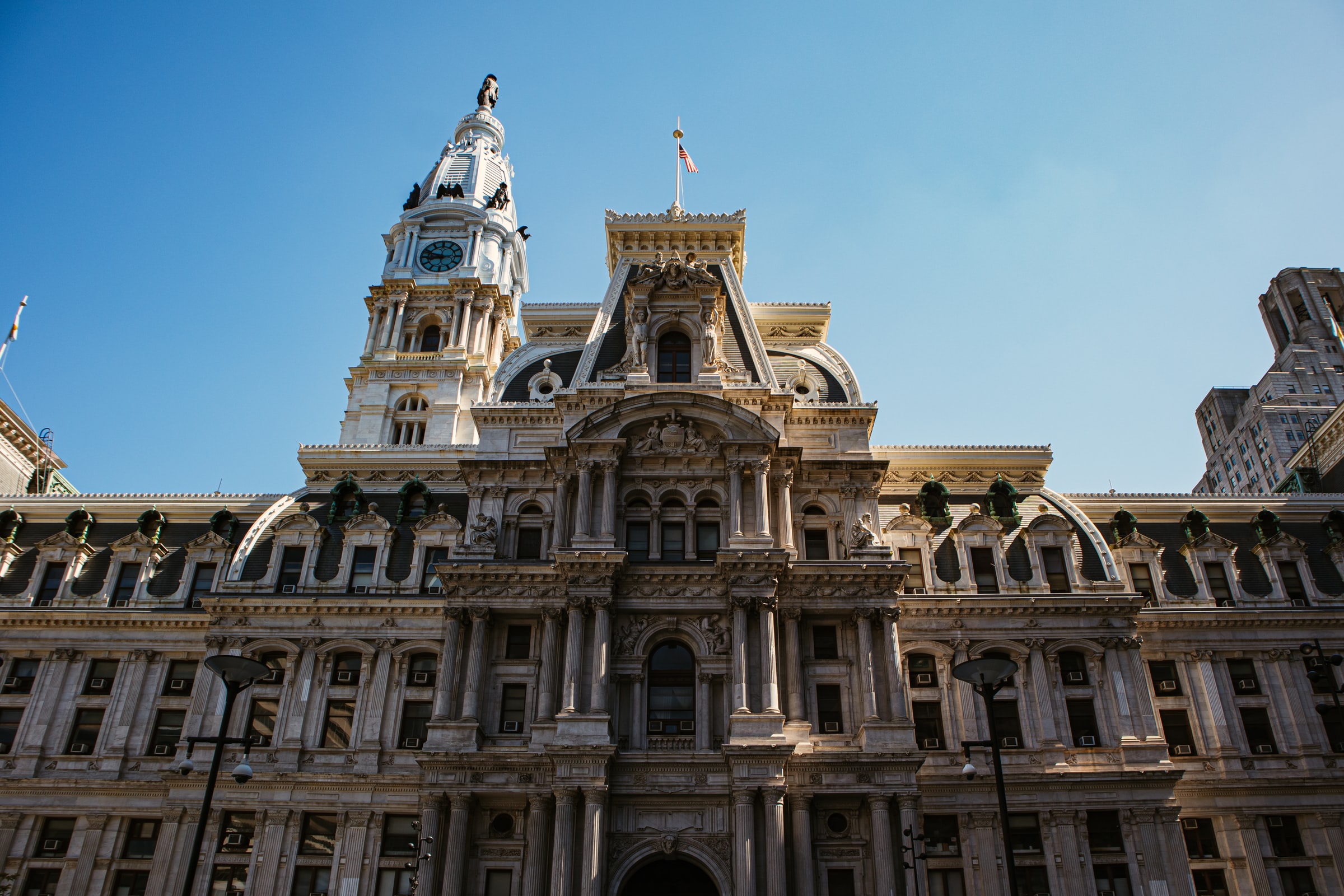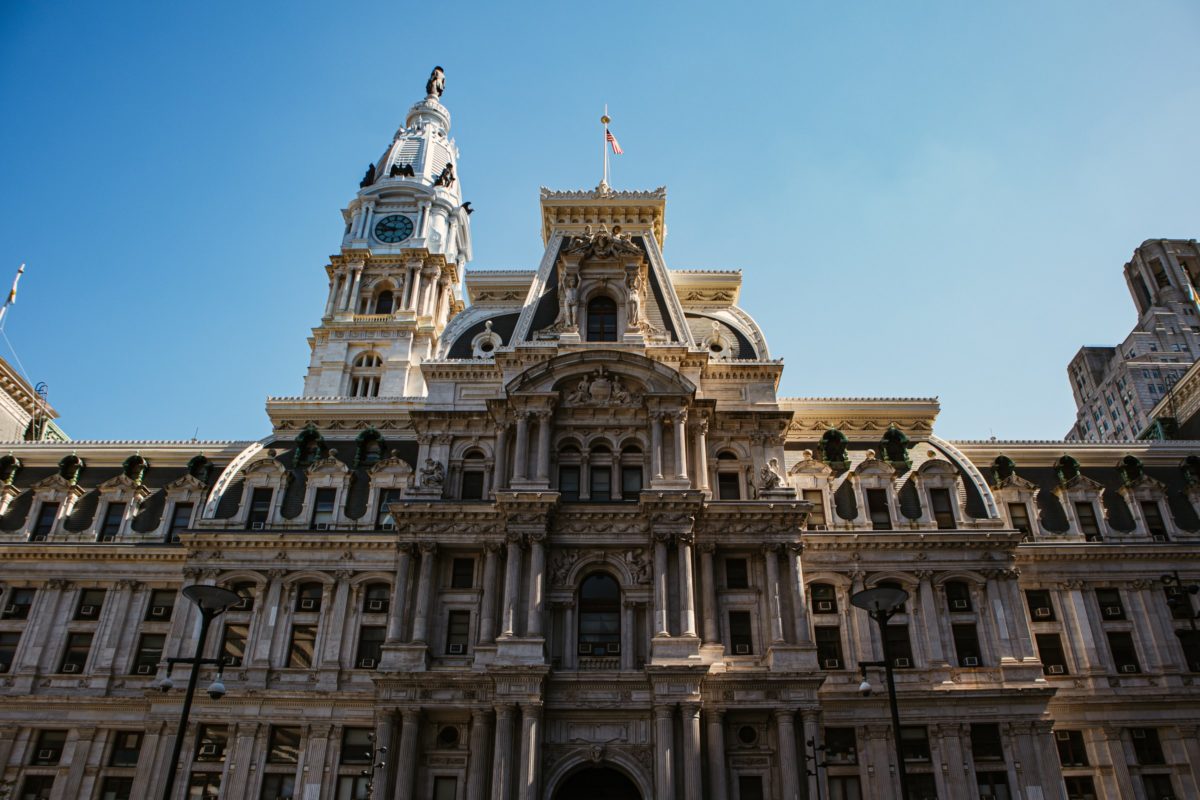Newsletter
A Coalition Led by Philly’s Homeless Youth Wants to Change How Cities Help the Unhoused
Every Thursday morning, the Philly Homes 4 Youth (PH4Y) Coalition hosts a weekly virtual workspace for its members. The coalition of young advocates, youth workers, and non-profit administrators have been strategizing together since at least 2016 to improve care for young people experiencing homelessness in Philadelphia. But lately, the group’s meetings have taken on a more urgent tone: Tens of millions in federal COVID-19 relief funding is currently up for grabs in Philadelphia, and the coalition wants to ensure at least 20 percent of the money goes to youth services.


A Coalition Led by Philly’s Homeless Youth Wants to Change How Cities Help the Unhoused
by Ras Stanford
Every Thursday morning, the Philly Homes 4 Youth (PH4Y) Coalition hosts a weekly virtual workspace for its members. The coalition of young advocates, youth workers, and non-profit administrators have been strategizing together since at least 2016 to improve care for young people experiencing homelessness in Philadelphia. But lately, the group’s meetings have taken on a more urgent tone: Tens of millions in federal COVID-19 relief funding is currently up for grabs in Philadelphia, and the coalition wants to ensure at least 20 percent of the money goes to youth services.
In April 2021, the federal government announced that it would allocate $42 million in funding from the American Rescue Plan (ARP)—the federal COVID-19 relief package passed in March 2021—to help build affordable housing and alleviate homelessness in Philadelphia. But, while the city’s unhoused residents desperately need that money, the city is still allocating those funds more than one year later. (The city did not respond to a request for comment.) The situation in Philadelphia exemplifies issues going on around the country: Many of the nation’s most vulnerable communities are still waiting for pandemic-related relief from the federal government.
Philadelphia’s system of support for young people in crisis is a web of community-based organizations funded by various large city agencies such as the Department of Human Services, The Department of Behavioral Health and Intellectual Disability Services, the Office of Homeless Services, the School District of Philadelphia, and the Office of Violence Prevention. These departments operate in isolation, creating major breakdowns in service delivery when it comes to youth experiencing homelessness. In a March 3 PH4Y Zoom meeting, coalition co-chair Liam Spady noted that the group is “one of the few opportunities for connection” across the city’s various siloed systems. The coalition for example helped create youth-specific access points into the city’s shelter system.
Youth experiencing homelessness are more likely to experience mental health issues, violence, the loss of a caregiver, and family housing insecurity. During the 2019–2020 school year, almost 8,000 children and youth in Philadelphia were identified as being homeless, but advocates say that number is massively undercounted.
The Appeal sat down with Spady to talk about how the coalition can address youth homelessness in Philadelphia, including the silos that exist between public agencies.
Q: How do silos impact the fight against youth homelessness?
A: If you are experiencing homelessness and waiting for services, breaking down the silos could help rebuild the social cohesion necessary to provide services that move youth out of poverty. One example is that every year cohorts of youth exit foster care into homelessness because DHS and OHS don’t have a plan to work together so that youth could have a solid exit plan. Two large, well-funded systems already have info, and it’s all shareable if those silos didn’t exist.
Q: How does remedying youth homelessness work to fight mass incarceration?
A: Eliminating youth homelessness would mean a reduction in risky behavior that results in long-term consequences. When you feel like you’re a part of a real community and you have space, you’re less likely to have to worry about basic needs. You can focus on improving your education, working. Youth may turn to drugs, survival sex, and other ways to get by during these periods of instability. Our system doesn’t recognize couch surfing as being truly homeless, but couch surfing is still dangerous for youth. Further institutionalization like group homes and residential treatment centers set kids up for future incarceration, not success.
Q: What are innovative solutions or thought patterns you think can be alternatives to the current status-quo, especially silos?
A: The biggest thing is young people develop a sense of autonomy and meaningful decision making. This is why the Federal government instituted the Youth Homelessness Demonstration Project, a fund to develop new solutions to youth homelessness that requires youth to be primary planners in cities’ efforts to address youth homelessness. And New York City is experimenting with direct cash transfers for youth aging out of care to prevent homelessness.
When more organizations have meaningful roles for young people who are interested in improving systems, with actual compensation and support, they can be more effective. Staff that support youth are rarely supported themselves. But flexible funds could help both with giving cash directly to youth in need for things that are not typically covered by traditional human services systems, and with supporting existing agency staff to be better trained, better staffed, and better invested in.
Q: What would the ARP funds mean to the coalition? To youth experiencing homelessness?
A: Most importantly the ARP could provide flexible funds for innovative solutions like direct cash transfers to youth. It would also go towards supporting youth and young adults who are long-time advocates of this work, like those in this coalition who still struggle to be stably housed. When we talk about the coalition and the engagement, we don’t have the funds to pay youth consistently to not only plan for change but to implement it. So if a youth wants to collect surveys or do focus groups there’s no money to support that work.
Q: What do you see in the future for the PH4Youth Coalition?
A: I really see Philly becoming a model for other cities where a system of support for youth dealing with homelessness, is led and operated by youth and young adults completely. Anything that has to do with community wellness should have community input, and I feel like the coalition represents the community. This coalition represents young people, and should be at the table to sign off on funding that addresses youth homelessness.
This conversation has been edited and condensed for clarity.
The Philly Homes 4 Youth Coalition is recruiting people who have lived through youth homelessness, young people, and any other concerned community members. The Coalition is building power as they work to fight for innovative solutions to youth homelessness that buck the status quo. To learn more, please visit their website here or follow them on Instagram @Phillyhomes4youth.
Ras Stanford is a long-term Philly resident, youth worker, member of the Philly Homes 4 Youth Coalition, and co-founder of Deep Space Mind 215 Co-op. She has lived experience of psychiatric institutionalization, and grew up in an environment colored by the child welfare and juvenile detention systems.
In the news
Contact us at newsletter@theappeal.org so we can feature your work here.
Cook County State’s Attorney Kim Foxx announced that she will not charge Officer Eric Stillman who shot and killed 13-year-old Adam Toledo. On March 29, 2021, Stillman chased Toledo, according to video footage of the incident. When Toledo stopped running and had his hands in the air, Stillman shot and killed him. Foxx also announced that no criminal charges would be brought against the officer who killed 22-year-old Anthony Alvarez. Days after Toledo’s death, Officer Evan Solano chased Alvarez and then shot him in the back. [Megan Crepeau, Paige Fry, Stephanie Casanova / Chicago Tribune]
Instagram influencer Eva Lopez is suing the New York City Police Department and the city for putting her photo on a Wanted poster for a person accused of theft — even though she had nothing to do with the crime. She’s seeking $30 million in damages. [Fatma Khaled / Newsweek]
In 1998, Edward Ates was convicted of a murder he has always maintained he didn’t commit. The prosecution claimed feces from the victim—who had allegedly defecated during the crime—were on his shoe. In 2017, DNA testing on his shoe revealed the substance—never proven to be human feces—belonged to an unidentified man. Ates was released on parole, but not exonerated. “I still want my name cleared and I’m still fighting,” Ates told the Atlanta Black Star. [Kavontae Smalls / Atlanta Black Star]
St. Louis Mayor Tishaura Jones took office almost a year ago, but she has still not fulfilled her campaign promise to close the city jail known as the Workhouse. Local activists who campaigned for her are demanding answers. [Skyler Aikerson / In These Times]
WBEZ Chicago will be reporting on big prisons in small towns in a new season of its podcast, Motive. New episodes start March 28. Subscribe here. [Shannon Heffernan, Jesse Dukes / WBEZ Chicago]
That’s all for this week. Feel free to leave us some feedback, and if you want to support our official relaunch, please donate here. Until next time, the work continues.
